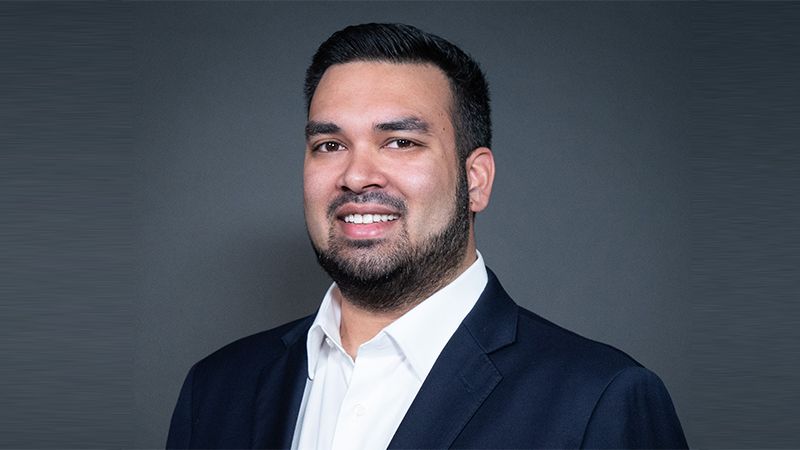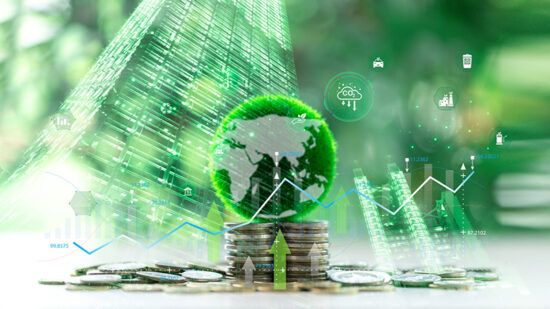PA Future sat down with Sindhu Janakiram, equality lead & ESG analyst at BNP Paribas Asset Management (BNPP AM), to speak about the firm’s Equality Roadmap, which was launched earlier this month.
Janakiram authored and published the roadmap, which is a framework for addressing inequality across the firm’s investments, stewardship and operations. It is based on the premise that inequality is a systemic risk that impacts diversified portfolio returns and company level risks, and it provides investors with the information, data and tools to understand and measure inequality risks.
He explained why investors should prioritise addressing inequalities in their portfolios, how social inequality and climate change are interlinked, and his future ambitions for equality progress across the investment landscape.
Why did BNPP AM create the Equality Roadmap?
We focus on the three E’s: Equality, Healthy ecosystems, Energy transition. This forms the basis of our global sustainability strategy and these are three pre-conditions required for sustainable long-term returns. This strategy was launched in 2019, and since then, we have launched roadmaps related to energy transition, net zero, healthy ecosystems and biodiversity.
In this roadmap, we approached the question: how do we talk about inequality to our clients and investors? The way inequality is measured is complex, because unlike GHG emissions – which are the same in London as they are in New York – the causes and effects of social risks are different based on where you live, the culture, government, regulations and so on.
However, complexity is not enough for us to say that inequality is not financially material, and that it doesn’t impact society. Inequality both underpins and reinforces social risks, such as gender equality, but also wage gaps between CEOs and average workers, and human rights in the supply chain.
How is inequality ‘financially material’ and why should this concern the sustainable investment community?
These findings lead to the conclusion that inequality is financially material. The materiality case is twofold. First, from a systemic risk standpoint, and two, from an individual company performance.
First, it is our firm’s fiduciary duty to address systemic risk and total return variation in our in our portfolios. The US Federal Reserve Board said in a April that inequalities may exacerbate financial vulnerabilities in our system, and this should be investigated more. As it stands, inequality is bad for political instability and is linked to the global rise of populism that can destabilise markets. Further, it magnifies the impact of crises such as Covid 19, which saw health inequality exacerbate as the most vulnerable people were affected the most.
Second, at the individual company level, research suggests employee satisfaction is directly correlated with financially material indicators, such as company turnover. What goes into employee satisfaction is what we call ‘equality indicators’, such as diversity, company values, healthcare options – especially in the US where it is not as guaranteed, and how competitive wages are, which especially concerns a more millennial or Gen Z workforce.
This also factors into reputation and legal risks. The extent to which a company has good diversity programs, and an overall awareness of diversity and gender equality will prevent the occurrence and reoccurrence of discrimination lawsuits which can impact stock prices.
Our argument is inequality should not only be addressed by investors, but should be prioritised in the sustainable finance agenda to drive sustainable long-term returns.
Can you explain the link between inequality and climate change?
What has not been understood widely by investors is the role inequality plays in climate change, particularly in driving turnover and depressing wages. Inequality impacts growth, exacerbates financial vulnerabilities and health inequities.
In sustainable finance portfolios, investors cannot think of environmental strategies and solutions in isolation without considering their social risks.
If we have a less healthy, more over-leveraged consumer base, more members of society will be vulnerable to the impacts of climate change. Alternatively, if the world has healthier and wealthier populations, there are less wage and income gaps, which is good for social cohesion.
The financial sector needs to understand the inequality risk and its link with environmental risks and social phenomenon. For example, that it destabilises the market economy, which impacts environmental strategies and increases climate change risks.
How would an investor integrate inequality risks in their investment strategies?
For example, an investor may want to mainstream gender equality into their investment strategies. Historically, the way gender equality has been considered is the percentage of women on the board. However, the Inequality Roadmap guides investors to look at gender inequality more holistically.
Gender equality is part of a spectrum, and it should be looked at throughout the firm, not just at the independent board director level. For example, in many knowledge-based industries, the entry-level class starts out equal. Men and women are at 50/50, however, when it gets to the senior manager level, this changes to a 70/30 split. Our view is that your circumstances at birth – like your gender – should not dictate your climb up the employment ladder. It should be your aptitude, hard work and talent. Instead, this a case of faulty resource allocation.
BNPP AM’s conviction is that companies that sort better, for example, by putting women into senior management positions at the level they’re put into entry-level positions or mid-manager positions, are going to be better allocators of talent. Also, these companies will appear more attractive for younger workforces.
Investors must start looking more at the employment ladder, and seeing where gender inequalities exist, for example, by working to improve responsible maternity leave and paid family leave. I urge all investors to use the Equality Roadmap framing, data and tools to help them understand what matters in equality and how it can be financially material.
What are your future ambitions for the industry?
I want there to be a better assessment of inequality and a more agreed upon way to measure inequalities. For example, across the employment ladder, you still find various different definitions of what matters for gender equality.
Instead, companies and investors must understand what indicators drive equality performance, what contributes to inequality, and the way we can understand how inequality contributes to climate change.
In the next five years, I want to link the social agenda to the environmental agenda. Not doing so risks our ability to solve large environmental challenges, whether it is biodiversity, nature loss, climate, energy transition, because this improves the strength of our society.
Overall, BNPP AM want to see investors take the data and our argument in mind to develop new strategies that address social risks in a holistic way.








